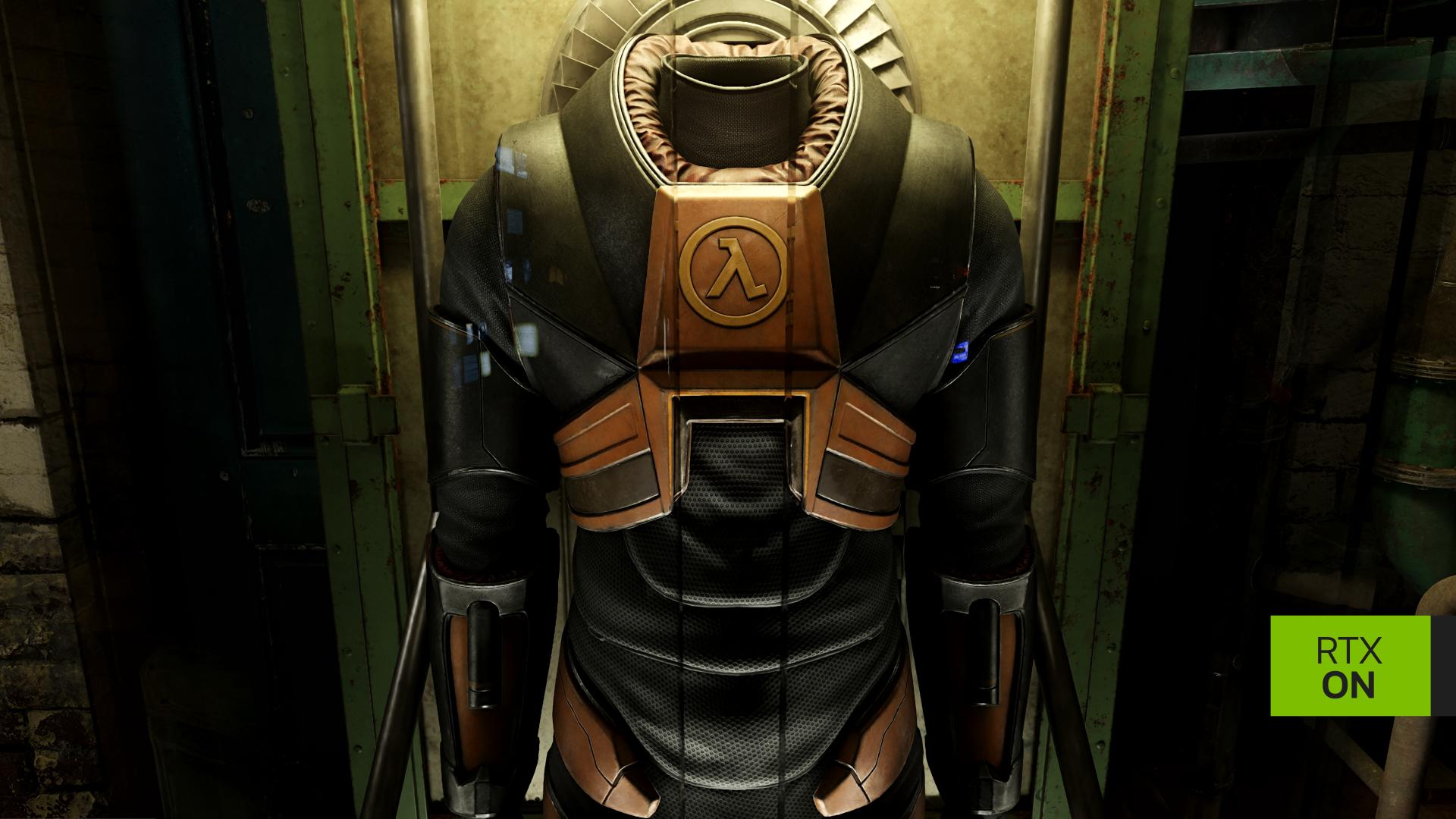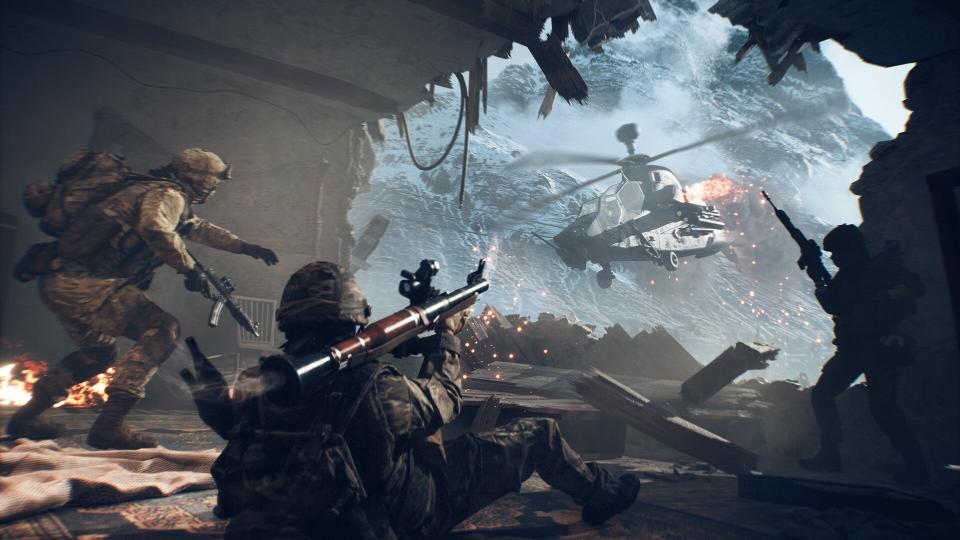Half-Life 2 RTX, an eagerly awaited remaster of Valve's seminal first-person shooter, dazzles fans with a new trailer as presented at CES 2024, yet leaves them hanging without a confirmed release date. This graphical overhaul is leveraging Nvidia's cutting-edge RTX technology, incorporating real-time ray tracing, Nvidia Reflex, RTX IO, and DLSS's third iteration. Benefiting from RTX Remix, Nvidia's modding toolkit set for a beta release soon, Half-Life 2 RTX aims to elevate the gaming experience first revolutionized by its predecessor, renowned for its physics-based gameplay. Previously seen with Portal RTX, Half-Life 2's RTX version is another testament to Nvidia's advancements in gaming technology. Valve's Half-Life 2 maintains a revered legacy for its innovation and impact on the gaming industry.
What are the improvements Nvidia's RTX technology will bring to Half-Life 2 RTX?Nvidia's RTX technology will enhance Half-Life 2 RTX with features like hardware-accelerated ray tracing, improved latency with Nvidia Reflex, faster game loading with RTX IO, and sharper graphics via DLSS (Deep Learning Super Sampling). These enhancements are set to significantly upgrade the visual fidelity and performance of the classic game.
Half-Life 2, originally released by Valve in 2004, is widely regarded as one of the greatest video games of all time. It followed the story of protagonist Gordon Freeman in a dystopian future where Earth had been subdued by an alien empire known as the Combine. The game introduced the Source engine, which was groundbreaking at the time for its advanced physics, animation, and AI. With the addition of RTX technology, this iconic title will allow a new generation of gamers to experience its rich storyline, immersive world, and innovative mechanics with modern graphical enhancements.







Comments
No comments yet. Be the first to comment!